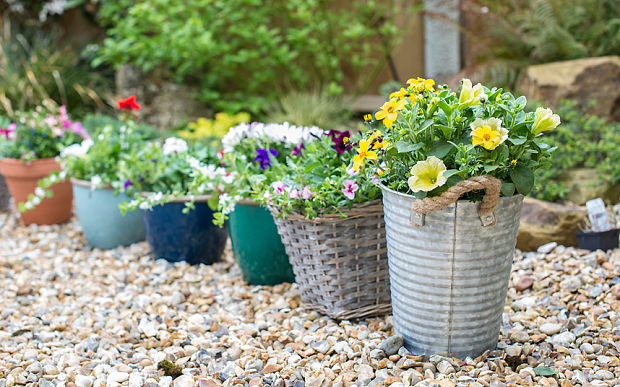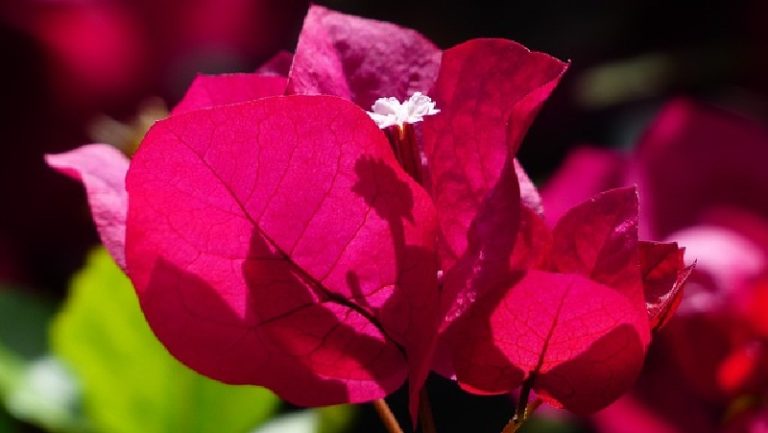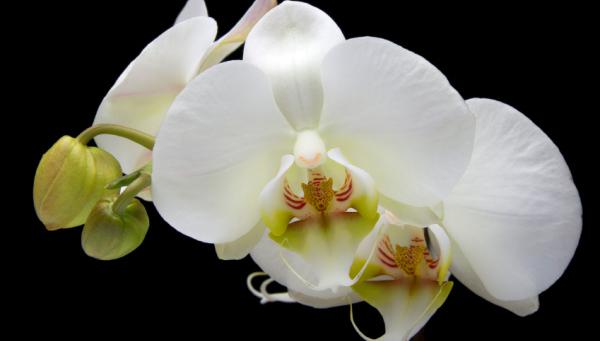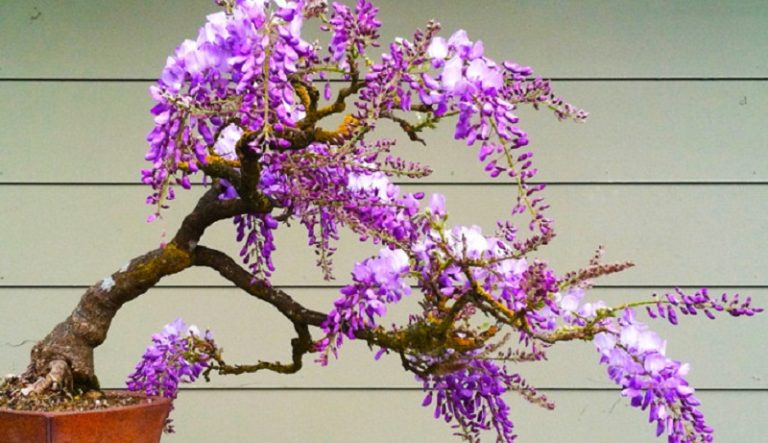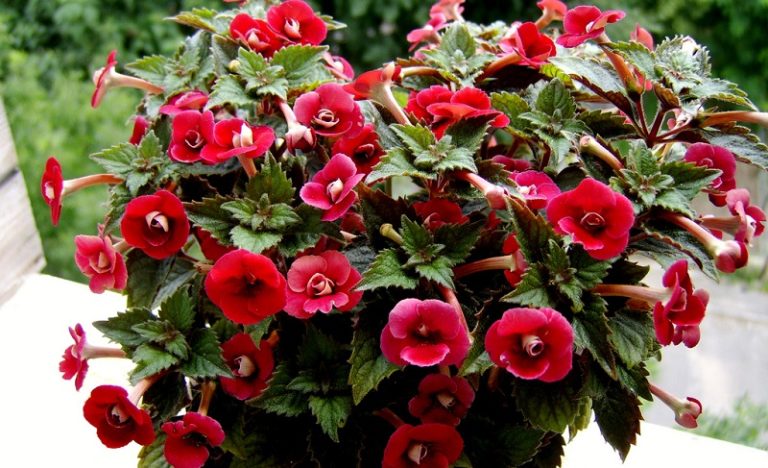Tecoma erect – cultivation, care
Tecoma is very widely used by landscape designers in all tropical and subtropical countries, because it blooms profusely from spring to late autumn and gives a bright accent to any landscape design.
Due to its constant and abundant flowering, Tecoma stans has become the national flower of the US Virgin Islands, and the Bahamas.
Tecoma erect, or the second name is the golden bell. Tecoma got this name because in the bright sun its dazzling yellow flowers seem golden. The birthplace of the erect tecoma (Tecoma stans var. Stans) is considered to be Mexico, tropical America. But now the plant is widespread not only in tropical countries, as a garden plant, but also in countries with cooler climates, as a container plant.
Tecoma belongs to the bignoniaceae family – Bignoniaceae
Very often, the tekoma is spat with campsis and, this is not surprising, because they are very close relatives in appearance, shape and structure of the flower, which leads to a certain confusion of species.
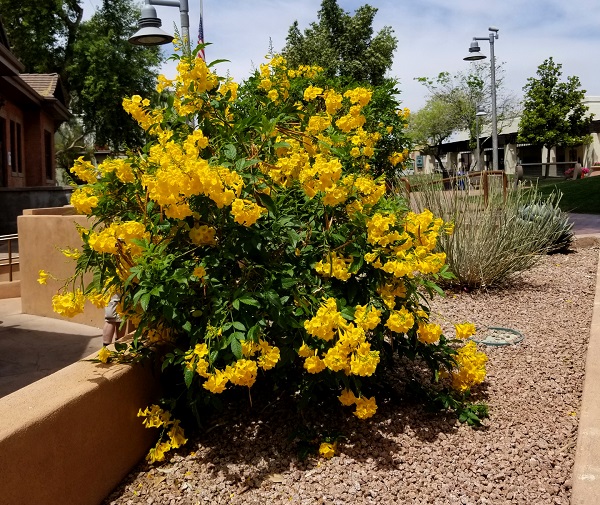
. . . . . .
Climate for growing tecoma
Tecoma stans is a small evergreen tree or shrub, up to 7 meters high. In countries where the temperature drops to -2 ° C in winter, it manifests itself as a deciduous plant and does not grow above 3-4 meters. At lower winter temperatures, down to -10 ° C, the aerial part dies off, but the plant can recover from the preserved root system in spring and is then grown as a perennial herbaceous plant. In harsher climates, the root system dies, so the plant can only be grown in containers or as an annual.
In Ukraine, in winter, tekoma is grown in bright rooms at normal room temperature, moderately watered and periodically sprayed. If the temperature in the room in winter drops to 10 ° C, then watering must be severely limited, preventing complete overdrying of the soil.
Tecoma care
For normal growth and development, the plant needs a sunny position, loose nutritious soil and moderate watering. The plant is very sensitive to soil moisture, does not tolerate stagnant water and severe overdrying of the earthen coma, although it easily tolerates short dry periods. You should not get too carried away with fertilizer either. Tekoma is fed 2 times in the spring with mineral fertilizer for flowering plants, and at the end of summer 2 times for deciduous plants. In autumn and winter, the plant is not fed.
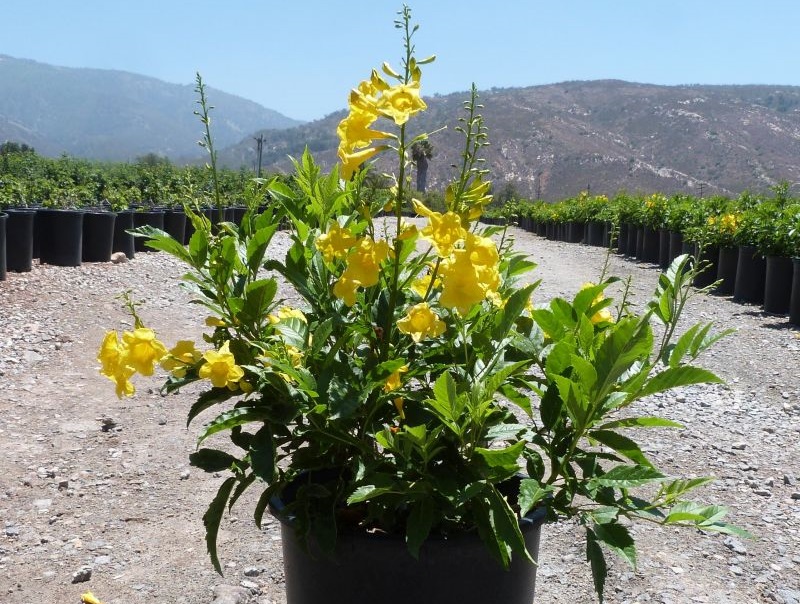
Reproduction of thecoma erectus
After flowering, the tecoma has pods in which there are seeds. When the pods turn brown, you can collect the seeds.
. . . . . .
Tecoma is quite easily propagated by seeds, as well as green or semi-lignified cuttings. Seeds should be spread over the surface of moist soil, lightly sprinkled with soil so that they do not dry out, covered with glass or transparent film and germinated in a bright, warm place at a temperature of 23-25 ° C or slightly higher. Seedlings grown from seeds usually bloom in the same year, but sometimes in the next. To stimulate abundant and long flowering, regular pruning is required, as well as the removal of drying flowers and ripening seeds.
For the normal development of seedlings, a sunny place, loose nutritious soil and moderate watering are required.


